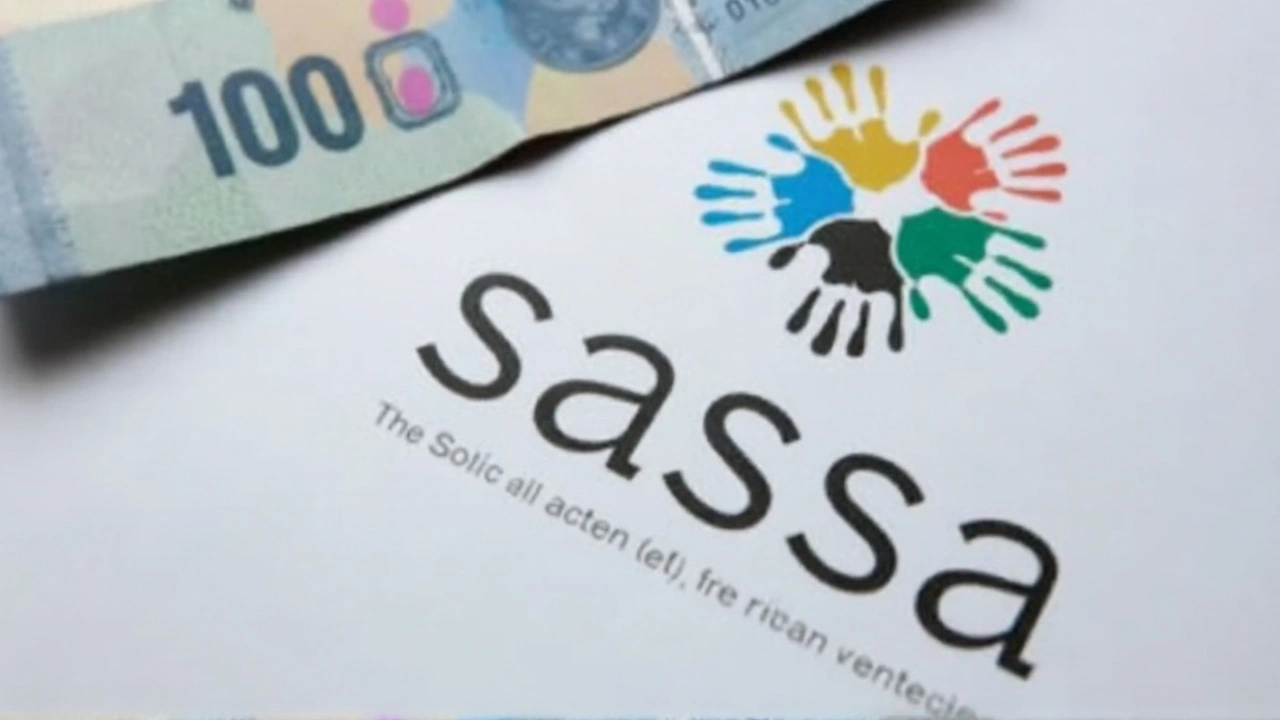Social Grant Withdrawals – What You Need to Know
When dealing with social grant withdrawals, the act of pulling cash from government‑run welfare accounts. Also known as grant cashouts, it directly affects millions who rely on state support for daily needs.
These withdrawals are a part of the broader social grants, regular payments provided to vulnerable households administered by the Department of Social Development. The department social grant withdrawals oversees eligibility checks, payment schedules, and the secure delivery of funds, ensuring that the system remains transparent and accountable. Understanding how social grants link to cash‑out options helps users avoid delays and accidental overdraws.
Key Factors Shaping the Withdrawal Process
First, eligibility determines who can request a withdrawal. Criteria such as age, disability status, and income level are verified through the national ID and the Social Assistance Management System. Second, the method of access matters – beneficiaries can collect cash at banks, post offices, or via mobile money platforms. Each channel has its own fee structure and processing time, influencing the overall experience. Finally, timing is crucial; most grants are disbursed monthly, and missing the cut‑off date can push the payout to the next cycle.
Another important piece is the role of pension funds, long‑term savings accounts that many retirees tap for supplemental income. While pensions are separate from social grants, retirees often combine both streams to cover living costs. Knowing the interaction between pension withdrawals and social grant cashouts prevents double‑counting and ensures compliance with tax regulations.
Technology also drives change. The rollout of the QMIS portal for KNEC name‑change requests shows how online systems streamline traditionally paper‑heavy processes. Similarly, a digital platform for social grant withdrawals cuts processing time from weeks to days, reduces errors, and provides real‑time transaction tracking. Users who embrace these tools typically enjoy faster access and clearer communication.
Policies around cash‑out limits are another layer. The government sets a maximum monthly withdrawal amount to protect the fund’s sustainability. Exceeding this ceiling can trigger alerts, temporary suspensions, or mandatory repayment plans. Beneficiaries who plan their household budget around the set limit avoid penalties and maintain steady cash flow.
Community outreach programs, like the Betway Cares Foundation’s cycling and water projects, illustrate how NGOs partner with social services to raise awareness about proper withdrawal procedures. Workshops in town halls teach residents how to read bank statements, spot fraud, and verify official communication channels. These educational efforts reduce scams and empower recipients to manage their finances confidently.
In practice, the withdrawal journey follows a simple triple: Eligibility verification → Payment method selection → Fund disbursement. This sequence mirrors the semantic triple “social grant withdrawals require eligibility checks”, “payment channels influence withdrawal speed”, and “government oversight ensures fund integrity”. By keeping each step clear, beneficiaries can troubleshoot issues before they become costly setbacks.
Looking ahead, potential reforms may introduce flexible withdrawal windows, allowing users to request partial payments mid‑month when urgent expenses arise. Such changes would align the system more closely with real‑life cash‑flow patterns, especially for households juggling multiple grants, pensions, and informal earnings.
Below you’ll find a curated list of recent stories and analyses that dig deeper into these topics – from updates on online portals to real‑world case studies of grant recipients navigating the system. Whether you’re a new applicant, a long‑time beneficiary, or a policy watcher, the articles ahead give you practical insights and up‑to‑date information on everything related to social grant withdrawals.
The South African Social Security Agency (SASSA) has released the payment calendar for September 2025, spreading old age, disability and child grants over three days. Beneficiaries are urged to avoid cash hoarding and to use their grant cards for purchases. The staggered rollout aims to cut queues, lower theft risk and improve overall safety. October dates are also outlined, giving people a heads‑up for the next month. Funds stay available after the official dates for flexible collection.
More
